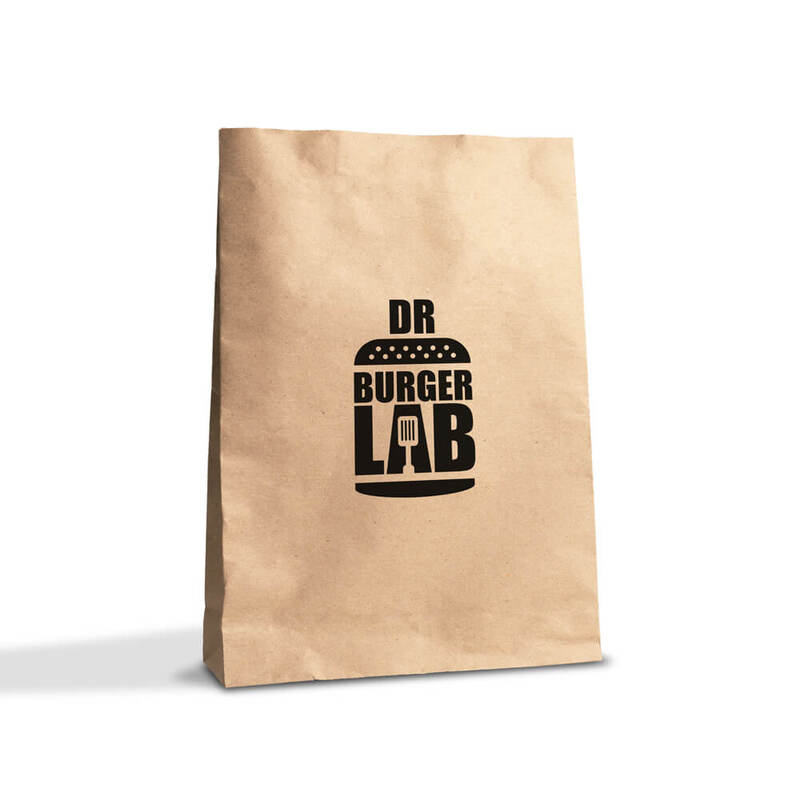The Evolution and Design of Food Containers
In today’s fast-paced world, food containers play a pivotal role in our daily lives. From keeping our meals fresh to ensuring on-the-go convenience, the design and functionality of food containers have evolved significantly over the years. The focus on sustainability, usability, and aesthetic appeal has transformed these everyday items into essential components of modern living.
Historical Context
The history of food containment dates back thousands of years. Ancient civilizations used natural materials like clay, wood, and animal skins to store food. As societies advanced, so too did the materials and techniques used for food storage. The invention of glass and metal containers marked a significant turning point, providing better preservation of food and beverages. Over time, the introduction of plastic in the mid-20th century revolutionized the food storage industry due to its lightweight, durable, and cost-effective nature.
Modern Design Innovations
Today, food containers are no longer just practical items; they have become a reflection of personal style and environmental consciousness. Innovative designs now integrate features that cater to diverse consumer needs. For instance, airtight sealing mechanisms are critical for maintaining freshness and preventing spoilage, while compartments within containers allow for meal-prepping, accommodating different foods without mixing flavors.
One of the most significant trends in food container design is the focus on sustainability. Consumers are increasingly aware of their environmental impact, leading to a surge in demand for eco-friendly options. Materials such as glass, stainless steel, and biodegradable plastics are becoming more prevalent. Companies are also designing containers that are reusable and recyclable, significantly minimizing the amount of single-use plastic that contributes to global pollution.
food containers design

Ergonomics and Usability
When it comes to usability, ergonomics plays a crucial role in modern food container design. Features such as easy-to-open lids, stackable shapes, and integrated handles enhance user experience. For instance, containers that are microwave-safe and dishwasher-safe appeal to busy individuals who prioritize convenience. Moreover, transparent designs allow users to easily see the contents, facilitating better meal planning and reducing food wastage.
Another aspect of usability is versatility. Multi-functional containers that can transition from freezer to microwave to table are increasingly popular. They provide an all-in-one solution, streamlining cooking and storage processes. This versatility is especially beneficial for those who live in smaller spaces and require efficient solutions for meal management.
Aesthetic Appeal
The aesthetic appeal of food containers cannot be understated. As more people strive to maintain a visually pleasing kitchen and dining experience, containers have transformed into fashion statements. Designers are now offering products in an array of colors, patterns, and shapes, catering to personal tastes and styles. The incorporation of artistic elements not only makes food containers functional but also adds an element of decor to any kitchen or dining setting.
Conclusion
The design of food containers has come a long way from its rudimentary beginnings. Today, they are an integral part of our culinary experience, combining functionality, sustainability, and aesthetic appeal. As awareness around health and environmental issues continues to grow, the evolution of food containers will likely reflect these values, paving the way for future innovations. Whether you are packing a lunch for work or storing leftovers after a family meal, the right food container can significantly enhance your experience, ensuring that your meals are preserved, convenient, and visually appealing. This ongoing evolution will undoubtedly contribute to a more sustainable and enjoyable approach to food storage in the years to come.



